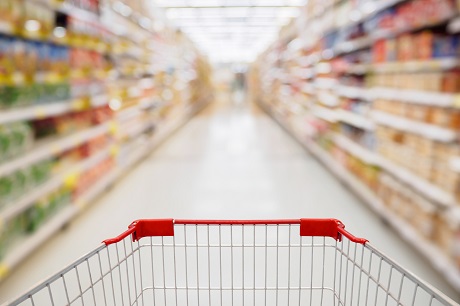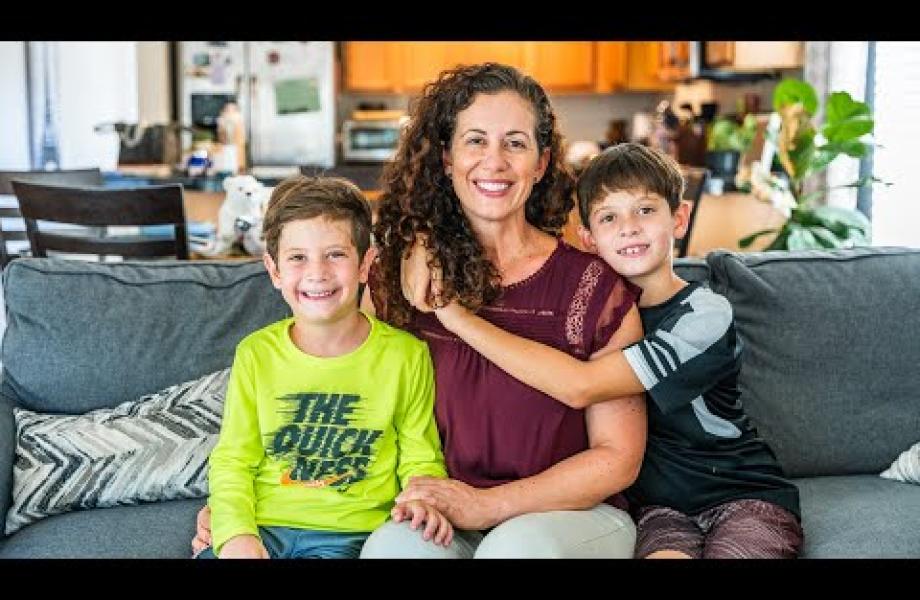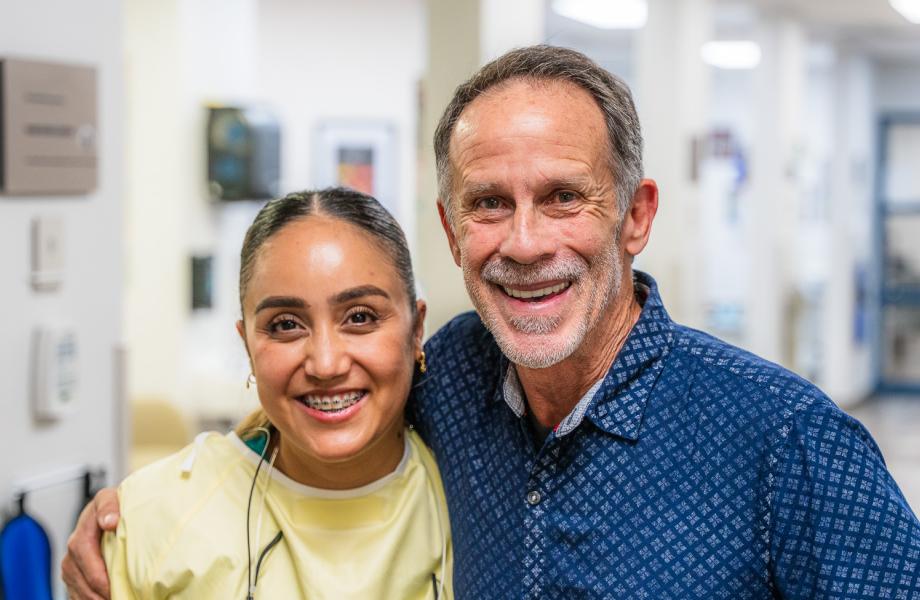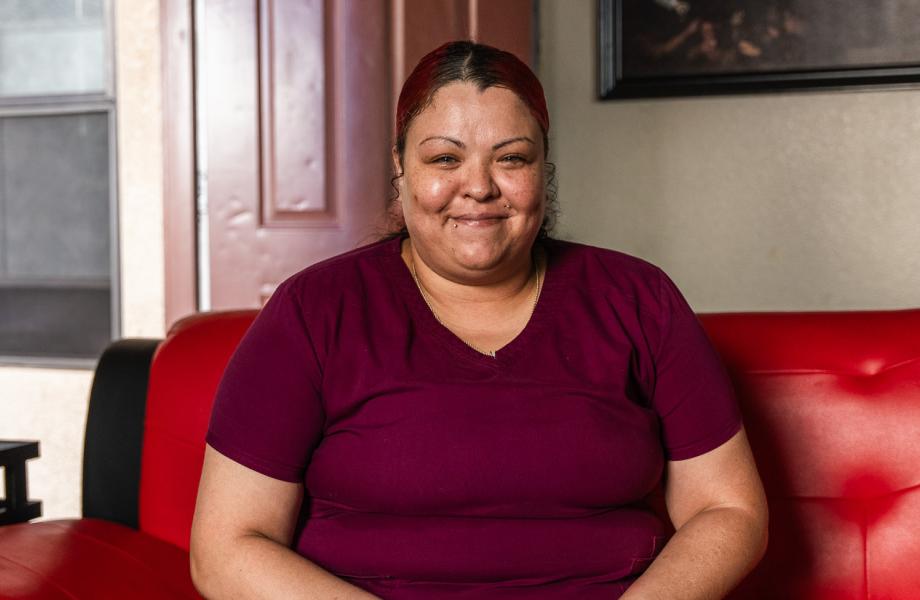Much of St. Vincent de Paul’s identity is rooted in its mission to feed. In our line of work, we see hunger take many forms. For 42 million Americans, hunger takes the form of “food insecurity”. The United States Department of Agriculture (USDA) defines food insecurity as, “the lack of access, at times, to enough food for all household members.” In 2016, an estimated 1 in 8 Americans were food insecure. That same year in Arizona, the food insecurity rate reached 14.9%; that’s more than 1 million people who had inconsistent access to food.
For Maria Silva, manager of St. Vincent de Paul’s Family Wellness Program, food insecurity is a reality that her patients face every day.
Through her experiences in the Family Wellness Program, Silva has found that food insecurity means more than inconsistent access to food. For her patients, food insecurity also means having inconsistent access to a space to cook and store food.
“There can be a grocery minutes away, but without a refrigerator and money to pay the electricity bill, food security becomes a challenge,” says Silvia, “but, the problem doesn’t end there.”
Phoenix is a large urban space, where it can be difficult to buy fresh and affordable groceries without a car.
“Phoenix is a food desert where residents have access to food, but that food is neither healthy or nutritious,” Silva explains.
Currently, the closest grocery store to St. Vincent de Paul is three miles away.

“Imagine having to walk six miles, roundtrip, in triple-digit temperatures several times a week to buy food,” continues Silva, “it becomes a time consuming and exhaustive task.”
Living in neighborhoods with fewer grocery stores cause individuals to turn to convenience stores or fast food restaurants as their primary dietary source. With scarce healthy, affordable food options available, parents must choose between food they can afford to feed their children and food that is nutritious. This decision can lead to higher rates of obesity and Type 2 diabetes in families that are simultaneously at risk of malnourishment.
It's a paradox that millions of Americans face each day.
Silva sees lack of education as another food insecurity barrier. This is why the Family Wellness Program focuses on diet and nutrition as a part of the program curriculum.
“People have this TV depiction of healthy—it has to be expensive, organic and from a farmer’s market,” Silva says, “and that’s just not the case. Food is medicine. It contains the vitamins and minerals you need to stay healthy. Once I explain that, people are very willing to make dietary changes.”
While all segments of the U.S. population are affected by obesity, food insecure people can be especially vulnerable due to the aforementioned risk factors. The Family Wellness Program aims prevent and manage chronic diseases through nutrition, physical activity, and overall wellness. Individuals, families, and children learn to make lifestyle changes through exercise, education, cooking classes and accountability.
“It is all about meeting our patients at their level and figuring out how to make impactful changes to their current lifestyle,” explains Silva. “If in fact, McDonald’s is the only option, it’s my job to teach our patients how to navigate the menu to find healthier options that fit into their budget.”
The Family Wellness Program subscribes to the belief that in order to make changes, it is necessary to break out of comfort zones.
“We tell our families that they have to try new foods ten times before they can decide that they don’t like it,” Silva says.
Just as she encourages her patients, Silva wants to encourage donors to think twice about their food, because the food that you donate makes a huge difference.
“You can help us end food insecurity by considering the nutritional value of the food you donate,” Silva explains. “We always need donations that are low in sugar and sodium and high in protein.”
Donating more nutrient dense food, allows SVdP to provide more nutritious meals, which combat against food insecurity and diet-related diseases like obesity and diabetes.
Now, is an especially important time to donate as many people struggle during the hot summer months. Children are out of school and without access to meal programs. In addition to extra childcare costs, parents are faced with high utility bills.
That's why we've teamed up with CBS 5, Papa Murphy's and other partners to tackle hunger this summer. Throughout the month of June, bring your canned food donation to any Papa Murphy's location in Arizona and receive $3 off your take and bake pizza.
If you can't make it to a store, you can still help! Make a donation online to provide food, water and emergency one-time assistance, so families can avoid the devastating experiences of food insecurity and hunger.




